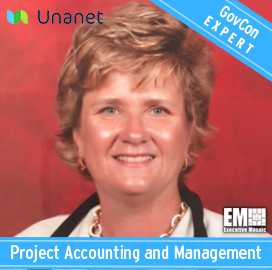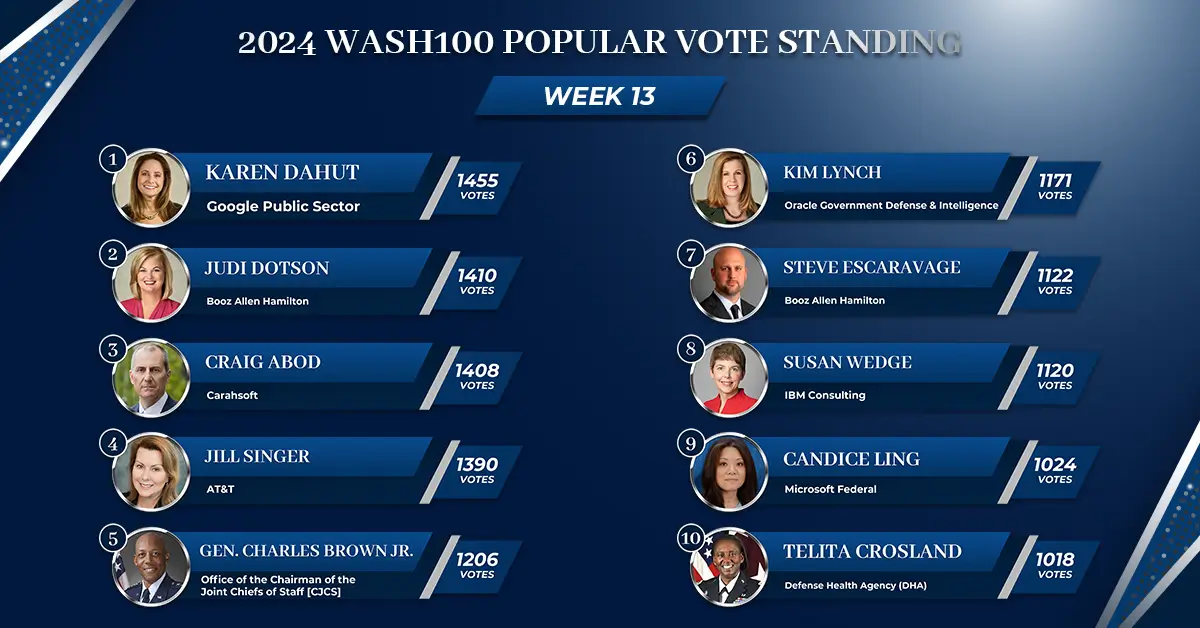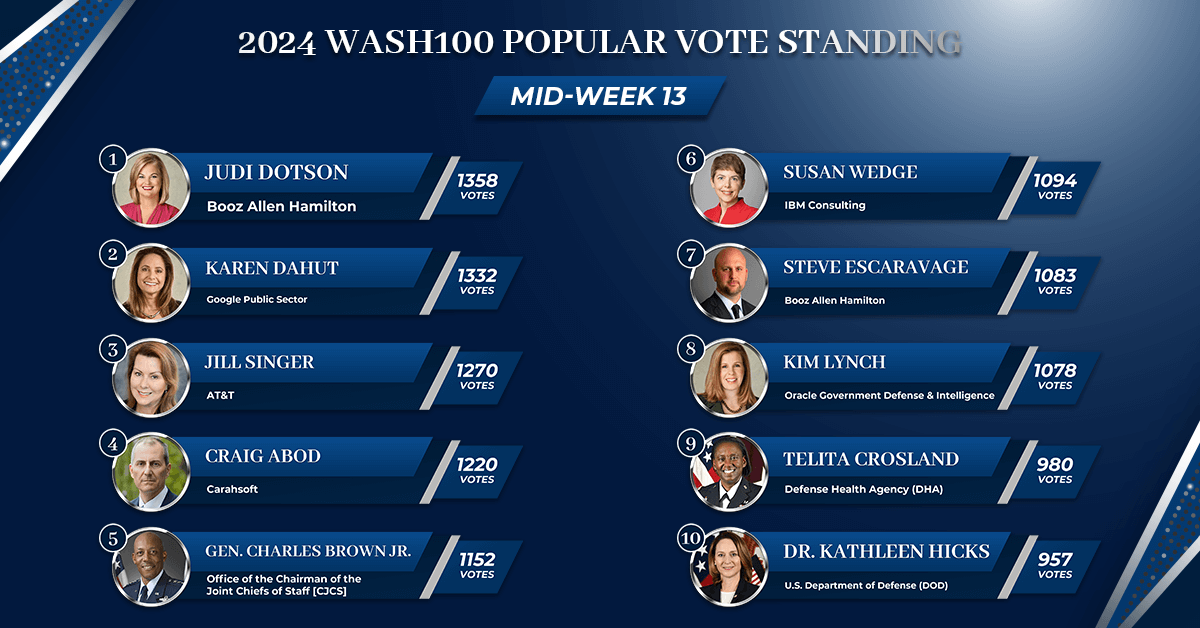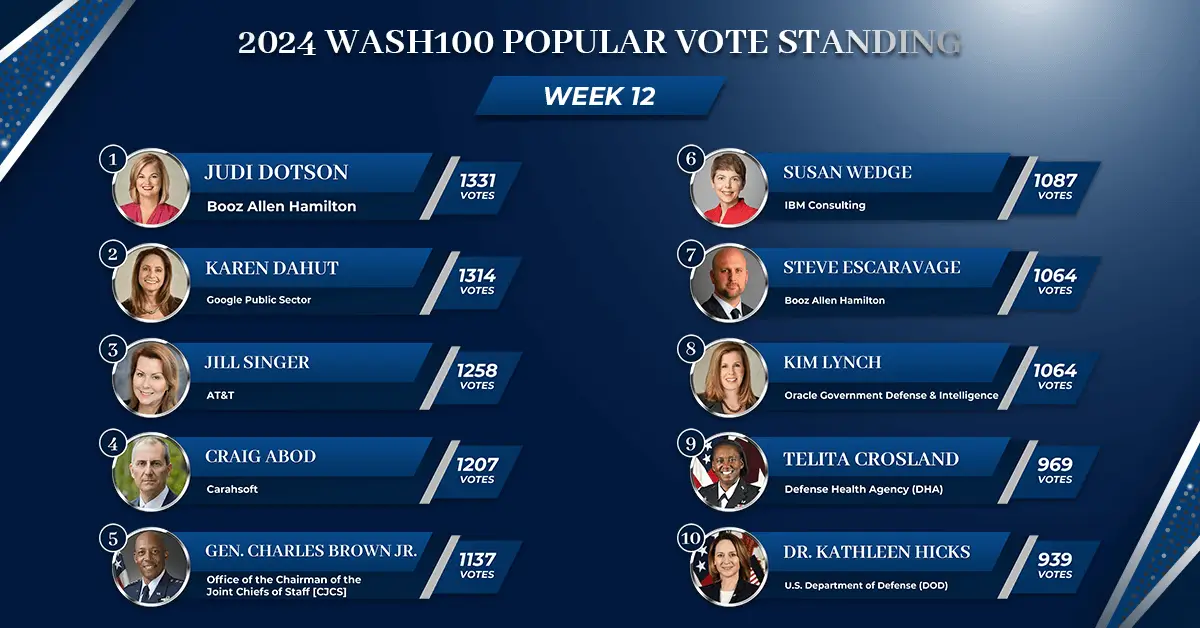Kim Koster, vice president of GovCon Strategy at Unanet, co-author of the 2020 GAUGE Report and GovCon Expert, has published her latest article as a member of Executive Mosaic’s GovCon Expert program on Friday.
In her most recent article, GovCon Expert Kim Koster shared her insight into the impact of the COVID-19 pandemic of 2020, the influence it’s had on government contractors, the importance of forecasting and how it can help your organization adapt its plan heading into 2021 and beyond.
“As much flux and uncertainty as government contractors have endured during the unrelenting coronavirus crisis, one thing they can be sure of in 2021 is that their forecasting chops will be tested,” said Koster.
You can read Kim Koster’s latest GovCon Expert article below:
2020 Foresight: Forecasting Tips to Help Your Firm Plan for 2021 and Beyond
By Kim Koster
Government contractors perennially identify forecasting as one of their biggest project management challenges, according to findings from recent editions of the annual GAUGE Report from Unanet and CohnReznick. The pandemic-related murkiness surrounding federal government projects, in-person work, the health of the workforce and the overall business climate following the black swan year of 2020 figure to make the work of forecasting even more daunting — and the need for on-point forecasting even more critical — in the year ahead.
The good news is that the forecasting on which government contracting firms rely to inform project-specific and organization-wide planning, including annual operating plans and long-range plans, still can be done with reasonable levels of accuracy and efficiency, provided firms have the right processes and tools in place. Here are 11 practices that can help to simplify that work, cut through the murk, and yield forecasts your firm can be confident in:
1. Get a clear picture of what’s in the pipeline. The ability to visualize the opportunity pipeline puts firms in a better position to forecast revenue and resource needs for the future. Managing the pipe also enables them to adjust forecasts as opportunities move through the business development gate process.
2. Prepare to reset as the pandemic winds down. With the cautious sense of optimism that has accompanied coronavirus vaccine rollout, now is the time to put a return-to-the-office plan in place, and to factor items like office supplies, utilities and more into project forecasts. Also remember to update forecasts for travel and other related expenses.
3. For now, take forecasting a month at a time. It’s still unclear exactly when the “next normal” will arrive and what exactly it will look like for government contractors when it does arrive, not only in terms of their own business operations, but also with regard to the timing and scope of the federal projects on which they will be bidding and working. This high level of fluidity means firms will need to begin the year forecasting based on where they see their individual markets, then revisit those forecasts on at least a monthly basis to compare budgets and actuals, so they begin to gain a clear picture of the next normal. Running forecasts more frequently shouldn’t be a big headache for firms with a solid digital ERP system already in place.
4. Zero in on the right project metrics. Now more than ever, you want to be sure your organization is relying on the right metrics to shape its forecasts, including but certainly not limited to:
Project spend variance (budgeted costs to actual costs)
Percentage spend (contract to-date actual costs relative to budget at completion)
Estimate-to-complete (cost to complete the work)
Estimate-at-complete (contract to-date actual costs plus estimate to complete)
Burn rate (rate at which the company is utilizing assets)
5. Utilization % (hours billed/total available hours)Ditch lump-sum forecasting. The more specific an organization can be with time-phased, line-item forecasting, particularly in highly uncertain times like these, the better positioned it will be to turn information into insight. Unfortunately, there are still businesses that budget and forecast using lump sums, by year, with only minimal break-out of labor, material and other direct costs.
The biggest problem with lump-sum forecasting methods is their inscrutability. They have little capacity for revealing valuable information for the business in terms of skills, resources, timing, funding and the like. A better approach is to have forecasts broken down by line items and broken out by month at a minimum — and by week at firms involved in shorter-duration projects that last only a matter of weeks. Having the nature of the business dictate the units of time used in a forecast gives you room to course-correct if issues arise. Here’s where an ERP system with time-phasing capability (to look at date ranges such as month, quarter, government fiscal year, etc.) can product valuable analytic insight.
6. Use both top-down and bottom-up forecasting. Both may have a place in your process and business environment. The type of projects will dictate when and where to utilize each methodology.
7. Integrate forecasting with resource planning. It’s time to do away with the outdated and inefficient (but still, unfortunately, all too common) practice of keeping resource planning separate from forecasts. Maintaining resources and forecasting as separate fiefdoms invites extra planning risk, which firms can ill-afford, especially nowadays.
8. Target smart. If your probability-of-win (Pwin) forecasting doesn’t look particularly promising for a given project on which you’re considering bidding, it may not be worth expending the resources to chase that project. Target projects that are a good fit for your business, with a high Pwin.
9. Engage in what-iffing. If advanced modeling tools are part of your ERP system, now is a great time to put them to use to inform your forecasting. By looking at various scenarios, you can choose the right path forward while maximizing resources. For example, you can ask, What if rates change (up or down)? What if we outsource instead?
10. Group projects. Grouping projects by program, customer, product, business unit, portfolio, functional group, etc., enables a government contractor to look at forecasts in aggregate, which ultimately can improve their accuracy (especially in the mid-range three-to-five-year timeframe) by providing a more thorough understanding of such factors as customer demand and firm capacity.
11. Assess your firm’s ERP capabilities. If your firm doesn’t have one already, find a cloud-based digital ERP platform that enables the many parties involved in forecasting to work from a single, enterprise-wide version of the truth — and do so while they’re working remotely. The quality of a firm’s forecasting often comes down to communication and collaboration. A good project-based ERP system should enable both, seamlessly.
About GovCon Expert Kim Koster
Kim Koster is Vice President of GovCon Strategy for Unanet, a leader in ERP software purpose-built for government contractors. She supports GovCons in their effort to streamline project management, accounting and other businesses processes.






